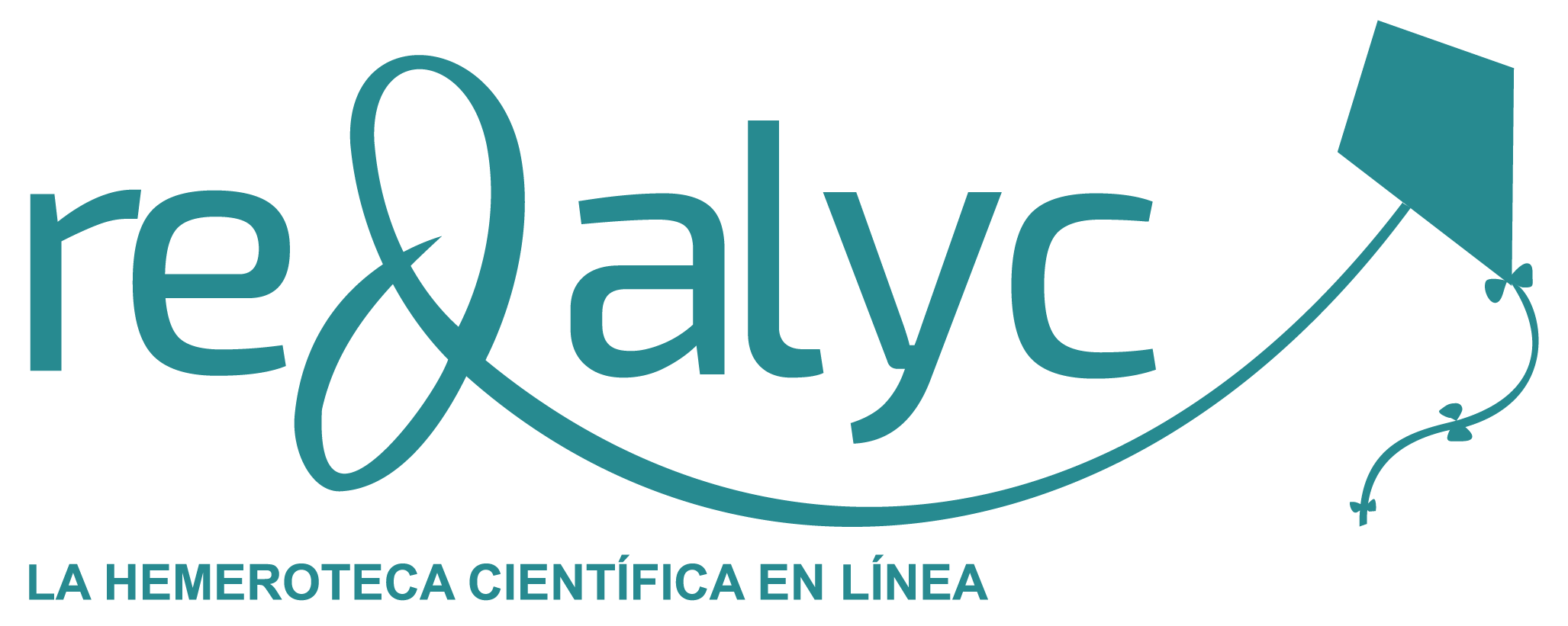Induced mutation techniques have been effectively used to obtain new variability in crop plants. Mutations are the primary source of genetic variability and therefore, some control over their frequency can be considered a valuable tool for plant breeding. Mutagens can be grouped into two broad categories according to their nature: physical and chemical. Doses must be optimized to increase the chances of generating mutants and achieve a population of mutagenized plants that allow a successful selection of mutants of interest. The aim of this study was to test the sensitivity of different mutagenic agents on Guazuncho 3 variety cotton seeds. Four doses of each treatment were evaluated and different phenotypic traits were recorded. The greatest effects on germination percentage, germination velocity index, plant survival and somatic effects were observed in treatments with ethyl methanesulfonate (EMS) as the doses increased. Lower but significant effects were recorded in sodium azide (SA) treatments and no significant differences were observed for X-rays and combined treatments (SA+X-rays). The effects on growth rate were significant in chemical treatments with R2 = 0.84 for SA and R2 = 0.97 for EMS. In addition, it was observed that the EMS and X-rays treatments caused a greater number of off-type plants and chlorotic irregular-shaped spots. The results of this preliminary study determined the mutagens doses to be used on Guazuncho 3 cotton seeds, to generate an M1 population for developing a mutation breeding program.
Keywords: cotton, induced mutations, dosimetry.
RESUMEN
Las técnicas de mutaciones inducidas se han utilizado eficazmente para obtener nueva variabilidad en las plantas de cultivo. Las mutaciones son la principal fuente de variabilidad genética y, por lo tanto, cierto control sobre su frecuencia puede considerarse una herramienta valiosa para el fitomejoramiento. Los mutágenos pueden agruparse en dos grandes categorías según su naturaleza: físicos y químicos. Las dosis deben optimizarse para aumentar las posibilidades de generar mutantes y lograr una población de plantas mutagenizadas que permita una selección exitosa de mutantes de interés. El objetivo de este estudio fue evaluar la sensibilidad de diferentes agentes mutagénicos en semillas de algodón de la variedad Guazuncho 3. Se evaluaron cuatro dosis de cada tratamiento y se registraron diferentes caracteres fenotípicos. Los mayores efectos sobre el porcentaje de germinación, el índice de velocidad de germinación, la supervivencia de las plantas y los efectos somáticos se observaron en los tratamientos con metanosulfonato de etilo (EMS) a medida que aumentaban las dosis. Se registraron efectos menores pero significativos en los tratamientos con azida sódica (SA) y no se observaron diferencias significativas en los tratamientos con rayos X y combinados (SA + rayos X). Los efectos sobre la tasa de crecimiento fueron significativos en los tratamientos químicos con R2 = 0,84 para SA y R2 = 0,97 para EMS. Además, se observó que los tratamientos con EMS y rayos X provocaron un mayor número de plantas fuera de tipo y manchas cloróticas de forma irregular. Los resultados de este estudio preliminar determinaron las dosis de mutágenos a utilizar en semillas de algodón Guazuncho 3, con el fin de
generar una población M1 para desarrollar un programa de mejoramiento de mutaciones.
Palabras clave: algodón, mutaciones inducidas, dosimetría.
Contact: Landau, A.M. landau.alejandra@inta.gob.ar
Doi 10.58149/kbvg-ne23











